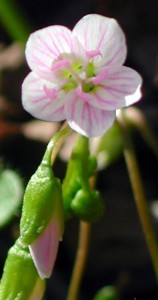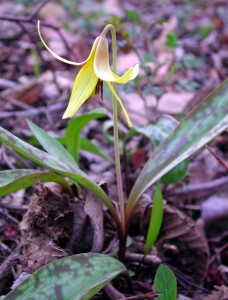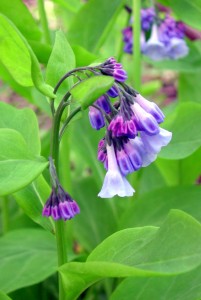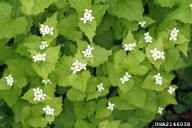The D&L Blog

Written by Jerry Rogers
This ongoing blog will explore the diverse plant life you will encounter along the D&L, according to the time of the year when they are blooming. Many of these plants are tucked away, but a keen eye will help you spot them from the trail. Please be courteous and observe the flowers with your eyes. Picking the flowers is not recommended, so please have your camera ready instead. For more information or resources on native plants, please visit http://iconservepa.org/plantsmart/index.htm
Native plants occurred within Pennsylvania before settlement by Europeans. Native plants encompass a variety of grasses, ferns, flowers, shrubs, and trees. These plants are meant to grow in Pennsylvania and require less maintenance in the right conditions. Not only do native plants create beautiful landscapes, they provide native wildlife with the best habitat and food they need to survive.
Native Wildflowers
Spring-Beauty (Claytonia virginica) is primarily found along the lower sections of the D&L Trail. Spring-beauty loves moist woods/meadows and can be frequently found in alluvial soils. It is a perennial plant that flowers with five pale pink or white petals. The individual flower blooms for three days, and flowering occurs when the weather begins to change from March to May. The seeds are released from the fruit when it breaks open and are spread by ants taking the seeds back to their nest.
Trout Lily (Erythronium americanum) is a common flower along the D&L that is one of the earliest spring wildflowers to bloom. The plant can easily be recognized by the distinctive spotted leaves that give the plant its common name. The spotted pattern on the leaves resembles the coloring of brook trout. The flower grows from a leafless stem and is usually yellow but some can be tinged with red. The trout lily usually dies off by May, but the underground bulb remains dormant until the next season.
Virginia Bluebells (Mertensia virginica) is a spring flower with a short life cycle of six to eight weeks. The blue, bell-shaped flower of this plant comes from pink bulbs and is a great nectar plant for insects. The flower can be pollinated by bumblebees, but the odd shape of the flower requires them to hover instead of land. Butterflies are a much more common pollinator since they perch on the edges of the flower and can still enjoy the nectar. This perennial flower loves both dry and moist areas that are shady. In early summer, each fertilized flower produces four seeds and then goes dormant until the next spring.
Invasive Plants
Native plants are currently being lost to invasive plant species. An invasive plant is one that grows aggressively, spreads, and displaces other plants. Intrusive plants are introduced from other regions, leaving behind pests, diseases, predators, and other natural controls that typically keep them in check. Once established in their new environment, invasive species expand over large areas and restrict native plant growth.
Garlic Mustard (Alliaria petiolata) is an invasive species that was first introduced by settlers for food and medicinal purposes. Garlic mustard invades areas disturbed by humans and its spread is aided by white-tail deer that prefer to eat wildflowers and leave garlic mustard untouched. This species displaces wildflowers such as spring beauty, wild ginger, bloodroot, Dutchman’s breeches, and trilliums. Garlic mustard has clusters of small, white flowers and a single plant can produce hundreds of seeds, which can survive for five or more years in the soil. Hand removal of entire plants is effective for scattered infestations, and cutting flowering plants low to the ground in Spring will prevent seed production.
Lesser Celandine (Rannunculus ficaria), also known as fig buttercup, was introduced to the United States as an ornamental plant. Lesser celandine is currently found in twenty northeastern states, Oregon and Washington. It occurs most commonly on moist, forested floodplains, and its greatest impact is on native spring-flowering plants. Lesser celandine emerges in advance of most native spring species, giving it a competitive advantage. Once established it spreads quickly to blanket the forest floor so native plants cannot flourish. This plant has a dark green, kidney shaped leaves and yellow flowers that typically appear in March. Care should be taken to correctly identify lesser celandine before undertaking any control efforts, because there are several native look-alike plants.















